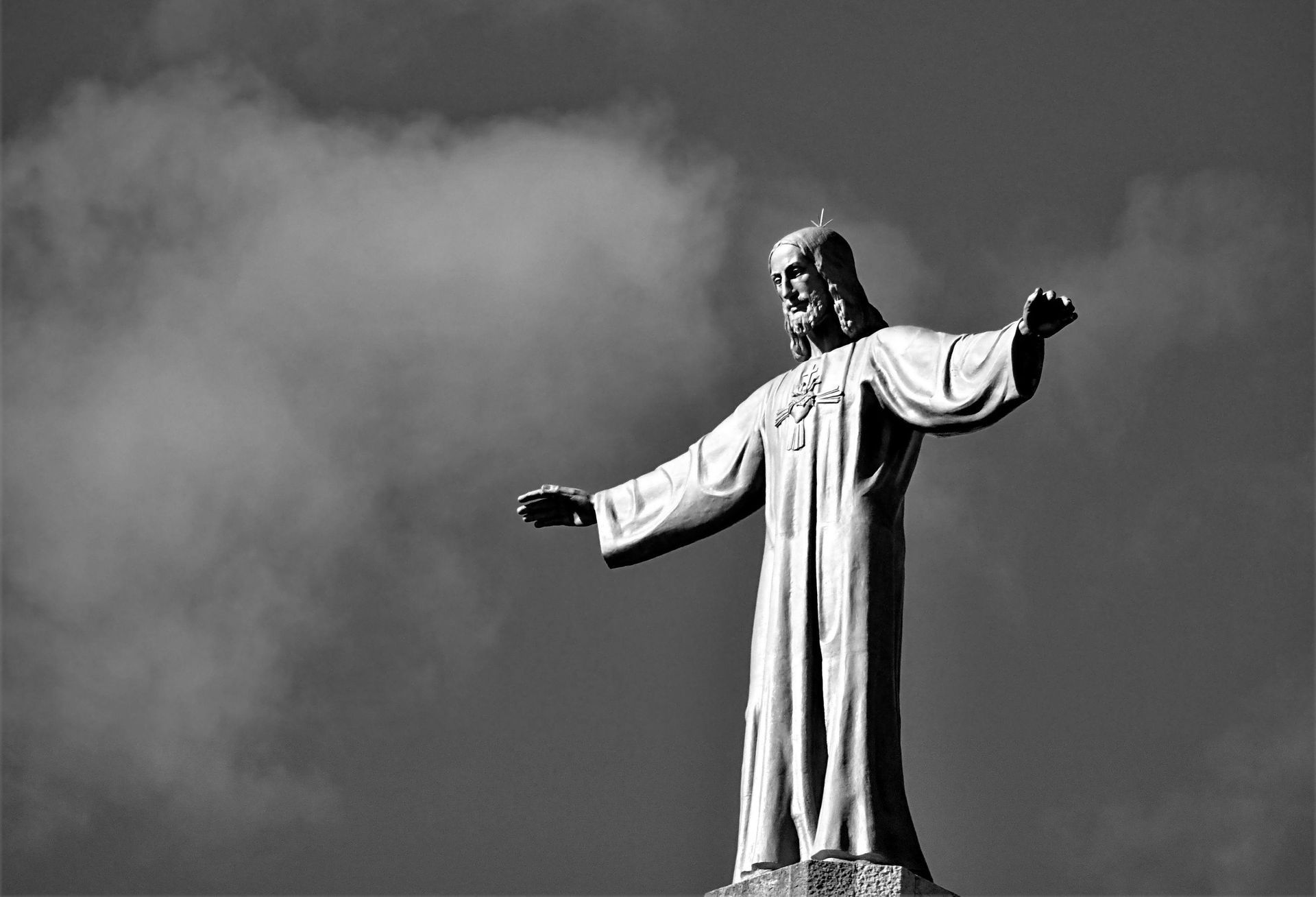Meet the Man!: Jesus Up Close & Personal (Pt 1)
Who Was Jesus? An Up-Close Look at the Man from Galilee
Who was Jesus, really? For centuries, His identity has captivated and confounded humanity. Napoleon Bonaparte himself said, "Everything in Christ astonishes me... He is truly a being by himself."
Our own perceptions are often shaped by conflicting images. Was He the gentle, porcelain-skinned figure from a children’s Sunday School class? A wild-eyed revolutionary from a 1960s musical? Or is He known only by the flawed actions of His followers? These pictures fall short of the man revealed in the Gospels—a figure who is neither boring nor predictable.
To truly understand Him, we must look past the caricatures and into the biblical story. This is a foundational step in the journey of spiritual formation. Let's explore the unvarnished picture of the man who split history in two.
Beyond the Stable: The Scandalous Birth of a King
The Christmas cards often show a serene scene: a sweet young girl, a protective husband, and a clean stable. The biblical story, however, is one of scandal, fear, and immense faith.
When the angel Gabriel appeared to a young virgin named Mary, the news was terrifying. In her culture, a pregnancy outside of marriage meant public shame and ruin. Yet, she responded with faith. Her fiancé, Joseph, faced with his own humiliation, chose to trust the angelic message and stand by her. Their journey was marked by difficulty, culminating in a birth not in a cozy inn, but in a place meant for animals.
This humble birth immediately sent ripples through society. It drew humble shepherds and royal Magi together, but it also provoked fear. Herod the Great, a paranoid and savage ruler, felt so threatened by the birth of a new "King" that he ordered the murder of all male children under two. From His first breath, Jesus's life was marked by both divine favor and human hostility.
A Glimpse of Divine Purpose
After fleeing to Egypt and settling in the scorned town of Nazareth, Jesus grew in obscurity. Luke 2:40 tells us, "And the child grew and became strong; he was filled with wisdom, and the grace of God was upon him."
At age twelve, we get a stunning glimpse into His self-awareness. During a trip to Jerusalem for Passover, His parents found Him in the temple courts, "sitting among the teachers, listening to them and asking them questions." When they expressed their anxiety, a young Jesus replied, "Didn’t you know I had to be in my Father’s house?" (Luke 2:49). Even as a boy, He knew His identity and purpose.
The Anointing: A Public Declaration
Jesus’s public ministry began with a powerful and symbolic act: His baptism. John the Baptist was a radical figure, calling the Jewish people to a baptism of repentance—an act typically reserved for non-Jews. It was a humbling message that irritated the religious establishment.
When Jesus came to be baptized, John initially refused, saying, "I need to be baptized by you, and do you come to me?" But Jesus insisted, and as He came up out of the water, the heavens opened. The Spirit of God descended like a dove, and a voice from heaven declared, "This is my Son, whom I love; with him I am well pleased" (Matthew 3:17). This was not a baptism for His own sin, but a public anointing—the moment His divine identity was affirmed for all to see.
The Wilderness: Forging Identity Through Temptation
Immediately following this divine affirmation, Jesus was led into the desert for His most challenging trial yet. For forty days, He fasted and was tempted by Satan. This encounter reveals the depth of His character and the nature of His mission.
The Temptation of Provision
Satan first challenged Jesus’s identity and urged Him to use His divine power for personal need: "If you are the Son of God, tell these stones to become bread." Jesus’s response, "Man does not live on bread alone, but on every word that comes from the mouth of God," showed His complete reliance on the Father, not His own power.
The Temptation of Spectacle
Next, Satan tempted Him to prove His identity through a public spectacle—to throw Himself from the temple and let angels save Him. Jesus refused, quoting Scripture: "Do not put the Lord your God to the test." He would not use miracles to coerce faith.
The Temptation of Power
Finally, Satan offered Him all the kingdoms of the world in exchange for worship. Jesus’s rebuke was swift: "Away from me, Satan! For it is written: ‘Worship the Lord your God, and serve him only.’" He rejected a shortcut to power, choosing the path of service and sacrifice.
In these moments, we see the core of His mission. For Jesus to save others, He had to not save Himself. He would not compel obedience through force or spectacle. While the world uses coercion, God invites a response of love.
The Light of the World
John’s Gospel describes Jesus as "the true light that gives light to every man," who "became flesh and made his dwelling among us." He was not what anyone expected. He was a king born in an animal trough, a divine Son who submitted to baptism, and a powerful Messiah who chose hunger and humility over spectacle and force.
Understanding who He was—His character, His identity, and His unwavering trust in the Father—is the first step. But it naturally leads to the next, crucial question: Why did He come?
Exploring that question reveals the very heart of grace and God's plan for humanity.
Read Next: Why Jesus Came: The Heart of Grace











